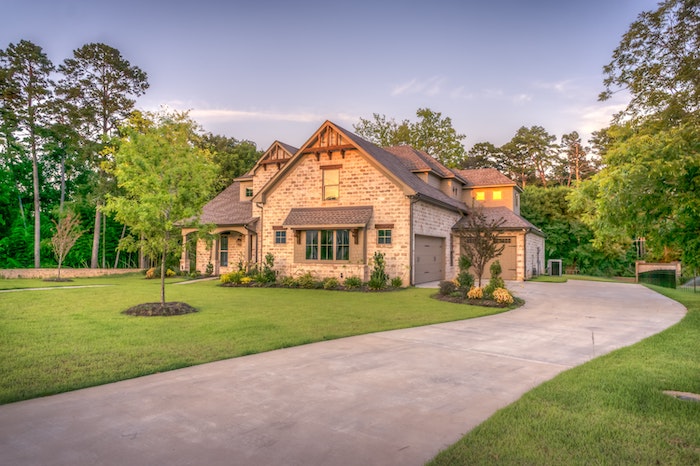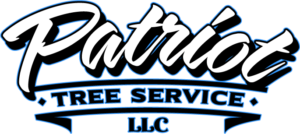Do Trees Affect Property Value
Healthy, good-looking trees can raise the value of your property, while adding shade and providing a pleasing appearance and curb appeal. They give a peaceful feeling to a property. One study determined that good tree cover increased property prices by around 7 percent in residential areas and up to 18 percent for lots. In high-income areas, the increase can be even more! Keep in mind that while property value can increase, it can also decrease if the conditions of trees are not healthy which could mean tree removal is necessary. Our professional tree service Hampton Va is only a phone call away if you need an unhealthy tree removed.

Which trees increase property value?
There is no one variety of tree that will be a magic bullet for raising your home value, but many kinds of trees can certainly help. In our area, many hardwoods are just the thing to raise the value of the property. Oaks, aspens, birches, maples (both native and Japanese), sycamores and others create plenty of shade, and many provide showy displays in the fall. Another consideration is the fact that many hardwoods are resistant to disease and insect problems. Many pine species also have enough spread to provide shade in the summer while still holding on to their green color in winter. Fruit trees are especially valuable for a property. Many yards have space for a few fruit trees. Trees with showy blooms also cause potential home buyers to sit up and take notice, such as tulip trees and magnolias.
Trees provide protection from wind and rain and even provide some sound-deadening qualities. Deciduous trees not only keep your home cooler in the summer, but since they shed their leaves in the fall, they let the sun through to naturally heat your home, saving you on energy costs all through the seasons. Any energy-saving measures are bound to be seen as a plus to potential home buyers and raise the value of your property whether or not you are thinking of selling.
Which trees decrease property value?
Trees that should be considered with a grain of salt are those that have large, invasive root systems. Among these are American elm, willows, and hybrid poplars. They should be planted far away from any plumbing or underground utilities and should not be planted near a swimming pool or fishpond. They may even need to be kept away from your home to keep the roots from poking into your home’s foundation.
Some tree species have specific properties that can cause problems. For instance, some trees such as sweetgum tend to have parts of their roots extend above the ground far enough to interfere with mowing your grass. Sweetgums also have rather large, round seed pods with a lot of pointed extensions that are hard enough to dull your mower blades when hit or hurt somebody when they rocket out of the mower chute.
Another consideration is the condition of your trees. Trees that look partially dead or have dead limbs will detract from a property’s value. Determining if a tree needs to be cut down is very important. Fortunately, periodic pruning of dead branches can keep them looking much healthier. The location of the trees is another important factor. While a tree can’t provide shade if it’s very far away from the home, it also shouldn’t be too close. Some insurance companies won’t write a homeowner’s policy on a home with trees within a certain perimeter unless the trees are removed. The number of trees also affects the value. If there are too many trees, your property may appear to be overgrown. The house itself may be hidden, in whole or in part. Too many trees around a house impede airflow, leading to dampness and possible moisture problems.
What determines the value of a tree?
There is a formula to determine the value of a tree that is used to settle monetary claims. Tree value = base value x cross-sectional area x species class x condition class x location class. If this is confusing, it goes like this. Base value is the cost of a square inch of the trunk based on the cost of the largest available replacement of the species. The cross-section area measures trunk size. Species class addresses several factors, including growth habit, form, insect and disease resistance, and required maintenance, usually placed in a class. Condition classes are graded on the condition of the tree. Location assigns the value on placement, with a greater value assigned to residential shade trees versus trees growing in rural areas or under utility lines.
If you have a few good trees to shade your home and provide curb appeal, you’ve gone a long way towards keeping your property values high. Make sure to keep dead or broken limbs pruned and the trees healthy, and you’ll have a valuable property you can be proud of.
If you’re looking for other tree service articles and resources then click here.

